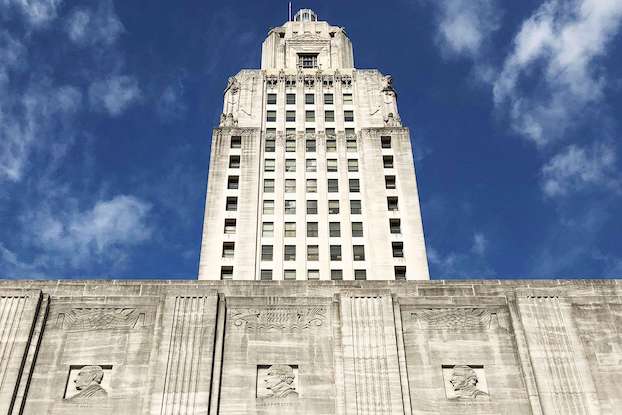Informer: US Postal Service offered savings accounts for most of 20th century
Published 4:18 pm Monday, November 7, 2011
I grew up during the Depression, and the post office had a savings system. It was supposed to be a lot safer than banks and paid a better return. Do you have any information on the old Postal Savings System?
Sure do.
The postal banking system was established in 1910-1911 and was designed to appeal to immigrants and the rural poor and to discourage hoarding.
Postmasters general and politicians had called for such a program since the early 1870s, initially as a way to fund work on the post office’s telegraph network.
But Gilded Age banking interests, threatened by the prospect of competition, regularly defeated their attempts.
That changed after the Panic of 1907, which involved widespread bank runs and left Americans wary of the nation’s financial institutions.
The Postal Savings System offered a 2 percent annual interest rate on accounts, which at first couldn’t exceed $500. The limit was doubled in 1916 and was raised to $2,500 two years after that.
Unlike accounts at private banks of the time, all deposits in the Postal Savings System were federally guaranteed.
“Accounts may be opened by any person over 10 years old, in his or her own name, and by married women in their own names,” reads a notice from the Jan. 4, 1911, edition of the Lake Charles Daily American-Press.
“The accounts of wives cannot be interfered with or controlled by a husband. This will insure its popularity with the ladies.”
The program did become popular, but it took a while, according to the booklet “The United States Postal Service: An American History — 1775-2006.”
By 1929, system deposits totaled $153 million; that rose to $1.2 billion in the next decade and peaked at more than $3 billion in 1947, the booklet says.
Over the next 20 years, Postal Savings System deposits declined as consumers began investing more in savings bonds — which paid more in interest — and taking advantage of banks’ federally guaranteed account services.
The program stopped accepting deposits in April 1966 and ended officially a little over a year later.
Michael Lind of the New America Foundation, a Washington, D.C., think tank, suggested in October 2008 — in the early days of the financial crisis — that the federal government revive the Postal Savings System.
“A new system would help today’s immigrants as well as the native poor,” Lind wrote in The New York Times. “Banks are not interested in people with so little money, many of whom are preyed upon by payday lenders and credit card companies.”
Postal banks could help insulate middle-class families against later financial crises, and, he said, their deposits would comprise “a purely domestic source of savings that could be tapped by a national infrastructure bank.”
• Online: http://about.usps.com.
•••
The Informer answers questions from readers each Sunday, Monday and Wednesday. It is researched and written by Andrew Perzo, an American Press staff writer. To ask a question, call 494-4098, press 5 and leave voice mail, or email informer@americanpress.com.
(FROM MGNONLINE)





